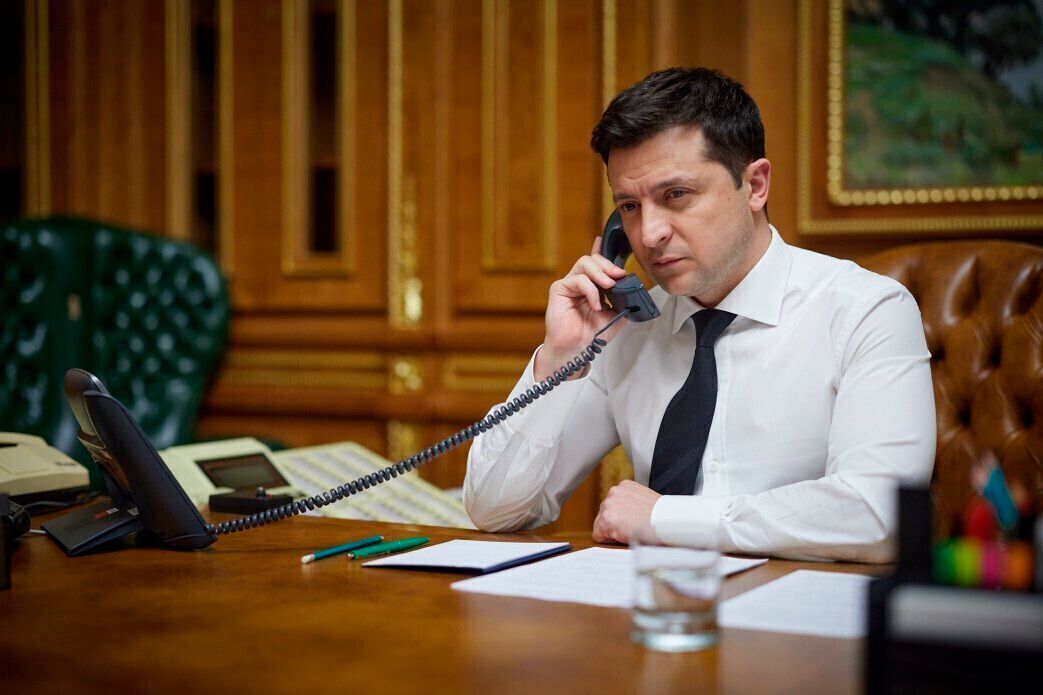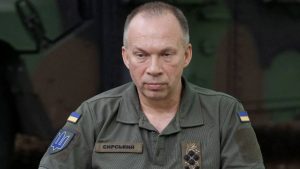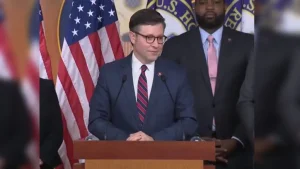Ukraine president Volodymyr Zelensky said his country is no longer insistent on becoming a NATO member, which was one of the primary reasons for the military escalation with Russia, AFP reported.
Speaking to ABC News, Zelensky said, “I have cooled down regarding this question a long time ago after we understood that…NATO is not prepared to accept Ukraine”, and added, “The alliance is afraid of controversial things, and confrontation with Russia”.
Also Read | Ukraine may not join NATO to avoid war with Russia: Report
This move comes amid Zelensky’s repeated requests to NATO to establish a no-fly zone over Ukraine, and the many refusals he’s received from both the US and its allies, who have made it clear that they do not wish for their troops to be in direct conflict with Russia’s army.
NATO, the front and centre of the Russia-Ukraine conflict
The North Atlantic Treaty Organisation (NATO) is primarily a military alliance that was formed during the Cold War. While it was meant to maintain global peace and check Russia’s expansion in Europe, NATO itself undertook an eastward expansion in the 1990s, which was signed off by then-President Bill Clinton of the US. Russia, which shares a border with Ukraine has seen this military expansion as a threat since Ukraine joining NATO would essentially allow this military alliance to place troops at Russian borders.
An old clip of Joe Biden, who’s been a veteran politician before taking the White House office, has gone viral. It is Biden’s address to the Atlantic Council of the US, June 1997. There, Biden remarks that the Baltic states joining NATO could provoke a hostile Russian response.
Notably, part of why Russian troop buildup along Ukraine’s borders increased was because the nation remained determined to join NATO. Throughout this conflict, China, too, has backed the legitimacy of Russia’s security concerns.
Zelensky’s frustration with “weak, under-confident” NATO
Zelensky, in a March 3 news conference, said “I say every day, if you cannot shut the sky now, then give us the timeline when you will do it. If you now cannot provide the timeline, tell us how many people have to die”, adding “I hope the sky will be shut down. If you don’t have strength and courage to do that, then give me the planes. Wouldn’t that be fair?”, Axios, an Arlington-based news agency reported.
However, after his repeated requests for a no-fly zone was denied, Zelensky took a much darker tone while making an impassioned address to NATO. He said, “All the people who will die starting from this day will also die because of you. Because of your weakness, because of your disunity”, and added, “Is this the NATO we wanted? Is this the alliance you were building?”
Also Read | US bans Russian oil imports over Ukraine invasion: Joe Biden
The president also said, “You will not be able to buy us off with litres of fuel for litres of our blood, shed for our common Europe, for our common freedom, for our common future”.
While NATO members have remained fixed that they’d protect their territories against Russian troop movement, they’ve been equally reluctant to engage Vladimir Putin’s army on Ukrainian soil. To that end, US Secretary of State, Antony Blinken said, “We seek no conflict. But if conflict comes to us we are ready for it, and we will defend every inch of NATO territory”, as per Newsweek.
Pros and cons of no-fly over Ukraine
Some have echoed Zelensky’s call for a no-fly zone, like retired NATO commander, U.S. Air Force Gen. Philip Breedlove, who spoke to NPR, saying “Maybe the humanitarian no-fly zone would only be over the western part of Ukraine such that we could get relief trains in and wounded and dying out to try to bring medical care to them”.
However, Zelensky’s demands for a no-fly zone was mostly met with a cool response since imposing it would have more cons than pros. Among these would be the very real threat of the situation escalating into global thermonuclear war, if NATO countries entered into direct conflict with Russia.
Also Read | NATO’s responsibility to curb Russian attack on Ukraine: Alliance chief
Blinken noted that imposing a no-fly zone would mean NATO planes in Ukrainian airspace would have to shoot down Russian aeroplanes. Putin echoed this, saying that any country imposing the no-fly zone would be considered to be a participant in the Ukraine-Russia conflict.
As per a Reuters/Ipsos poll in the early days of the war, 74% of Americans wanted the US and its allies to impose a no-fly in Ukraine, but a majority of Americans were averse to sending troops to fight against Russia.
Notably, a no-fly zone has been imposed several times in the past, including over Iraq from 1991 to 2003, Kosovo in 1999, and Libya in 2011. However, none of these has been against a country with Russia’s airforce capabilities.
Imposing a no-fly zone would not only be expensive but would increase the risk of friendly fire as well. An expert, consulted by PolitiFact, the Pulitzer-winning non-profit operated by the Poynter Institute, has noted that shoulder-mounted and mobile missiles are nearly impossible to track or find. Thus, Ukrainians might erroneously fire upon NATO planes.
Also Read | Seek mental help: Ukraine slams Russia over claim of trying to stop wars
The expert also posited that a no-fly zone would tarnish Ukraine’s image as a valiant nation resisting Russia’s brutal aggression.
However, the most determining factor in NATO countries deciding against a no-fly zone is that it would pitch the US, France, the UK, or any such combination of nuclear powers against Russia. Days after the invasion of Ukraine began Putin put his nuclear forces on high alert, pushing the situation into the realm of possibility.
Ukraine’s European Union membership may remain a sticking point
While Ukraine’s recent decision to soften its stance about joining NATO might fulfil one of Russia’s conditions to end the war, there are several factors that remain.
Among them, the one coming up most quickly is Ukraine’s European Union (EU) application. Amid the invasion, the EU began considering Ukraine’s membership but Russia has been staunch that it doesn’t want the neighbouring country to join.
It remains to be seen if Zelensky alters his stance in this regard as well since in his mind, NATO has not come through in helping Ukraine against the Russian invasion.







